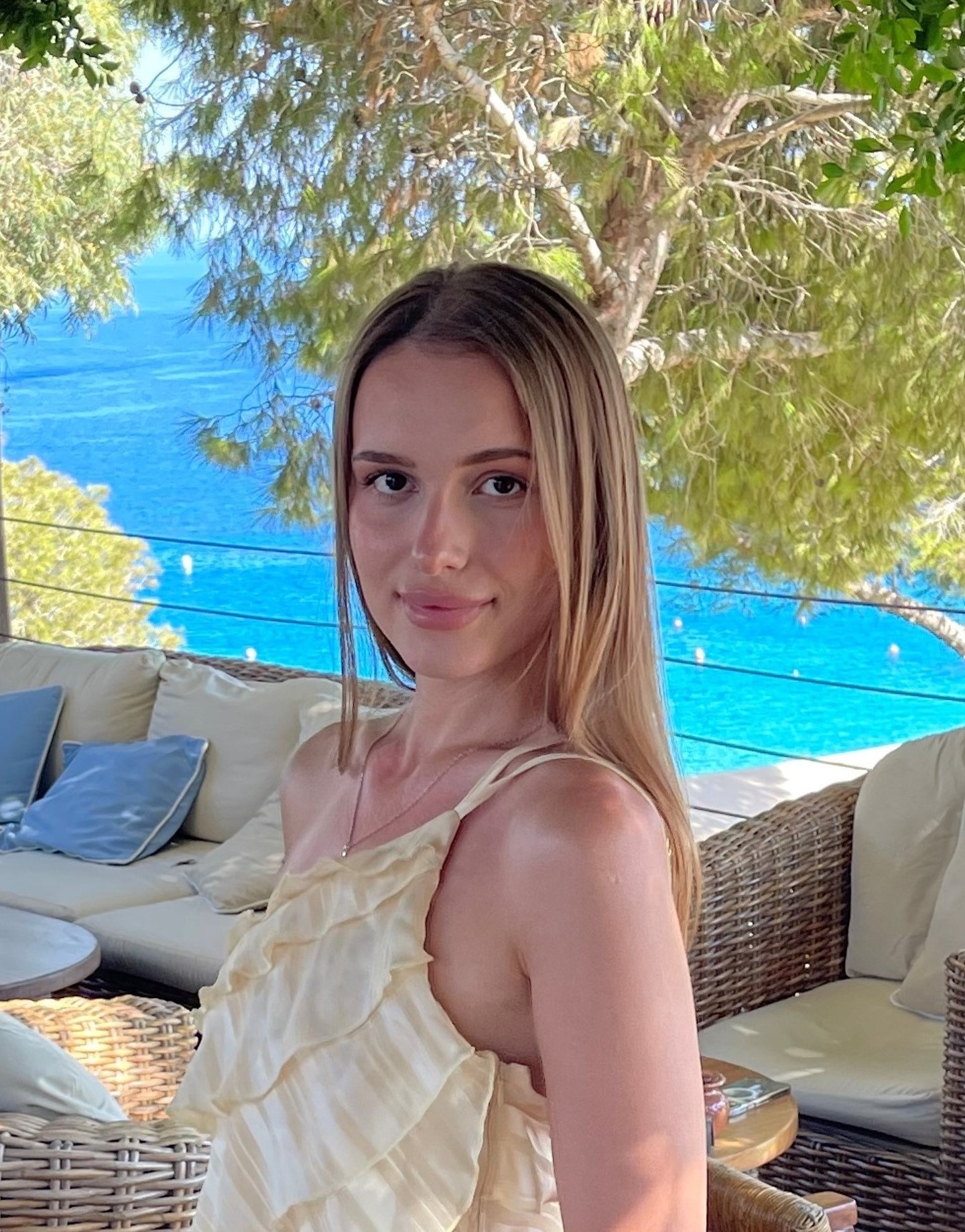
VamosWatu blog explores IT outstaffing, team growth, and tech trends. Practical insights to help companies scale efficiently and stay competitive.
You9re in the room, and the interviewer asks, Tell me about a time when you faced a tough challenge. This isn9t about theory or hypotheticals. Behavioral interviews dig into your real past97how you acted, decided, and adapted. They reveal if you9ll handle tomorrow9s work the way the role demands for interviewing techniques.
These interviews look for examples showing teamwork, problem-solving, leadership, or persistence. Instead of yes/no answers, expect stories that detail how you behaved in critical moments.
Common questions include:
The goal is clear: move beyond vague answers. Show through your examples what skills you bring, how you think, and how you act.
Not today to spin tales or inflate your role. Authenticity beats rehearsed scripts every time. Interviewers know inconsistencies throw up red flags. Instead, lean on truth and your unique contributions.
Here9s what works:
The STAR method breaks down your answer into a clear, logical flow. It helps your interviewers follow your story without guessing.
Here9s the split:
Most of your answer should be action-driven. This keeps your reply crisp yet insightful.
Question: Tell me about a time you demonstrated leadership.
This frames clear personal initiative and measurable success, exactly what interviewers look for.
You can9t script every answer. Prepare 36 adaptable stories showcasing core skills: leadership, communication, creativity, teamwork. These shift to fit different questions without feeling canned.
To get ready:
A quiet moment after means reflection. What landed well? What felt unclear? Note these to improve next time.
Always send thank-you notes within 24 hours. Tailor each message97express thanks, reinforce your fit, and keep it brief. This discreet gesture can set you apart for post-interview follow-up.
Behavioral interview questions ask for past experiences showing how you acted in specific situations, highlighting skills like teamwork and problem-solving.
The STAR method worksheet structures answers into Situation, Task, Action, and Result, making your responses clear and logical.
Focus on selecting meaningful experiences tied to the job, using "I" statements, and adding specific details and outcomes.
Post-interview follow-up, like thank-you notes, shows appreciation, reinforces your fit, and can help differentiate you from other candidates.
Plan 3-5 adaptable stories that highlight core skills such as leadership, communication, creativity, and teamwork for behavioral mock interview practice.
The STAR method isn9t just a formula; it9s a way to tell your professional story clearly and honestly for interviewing techniques. Try this next week: choose stories, outline STAR steps, and practice aloud with purpose.
If you9re hiring or building QA or engineering teams, book a short qualification call to see how dependable talent from Africa and Latin America integrate fast and fit your needs precisely.




